
October 13, 2021 9:00 am - 12:30 pm PDT
Windows and view quality represent a vital field of study at the nexus of the building envelope, occupant experience and energy performance. Advancements in simulation technologies and facade materials offer new integrated analysis workflows that combine the effects of view, daylight and thermal conditions to inform design decisions. Tools that help designers achieve these goals are in line with a recent ASHRAE roadmap pointing to climate change and health as the two essential areas that building researchers and industry must focus on.
The key objectives of this symposium are: (1) to enhance global interest and understanding among building designers and managers on the benefits of view, (2) to promote significant research results to the design and research communities, and (3) to help designers to adapt research findings to building designs. Speakers included researchers, designers and other experts who will discuss current research and design practice, followed by Q&A and a discussion of future directions.
Location and Registration
This virtual event was free and open to the public, and co-organized by the PG&E Pacific Energy Center and the Center for the Built Environment (CBE) at UC Berkeley. Video files are on YouTube and linked below.
Speakers and Presentations
-
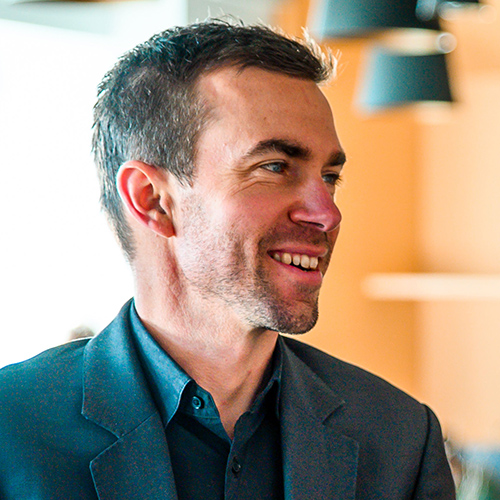
Galen Burrell
Director of Lighting, View, Inc.
Presentation: Views as a Driver for Real Estate Outcomes
Galen Burrell has 20 years of experience in lighting and daylighting design and sustainability consulting. Throughout his career, his primary aim has been to develop design solutions that balance human comfort and energy performance, while providing for visual delight. At View, Galen works with design teams and customers alike to understand the value of daylighting and views for health, wellness and user experience. Prior to joining View, Galen was a lighting and daylighting designer at Arup for 10 years and was awarded Lighting Magazine ‘40 Under 40’ Award for International Lighting Designers in 2018.
-

Christopher Connock
Design Computation Director, KieranTimberlake
Presentation: Integrating View Analysis in Practice: A Perspective from KieranTimberlake Research
Christopher Connock explores topics related to construction systems, digital fabrication processes, hardware-software interfaces, and informatics. He has applied this knowledge across a variety of projects including modular housing in India and the invention of several bespoke software tools including Tally and Pointelist. He has taught and lectured at numerous universities.
-
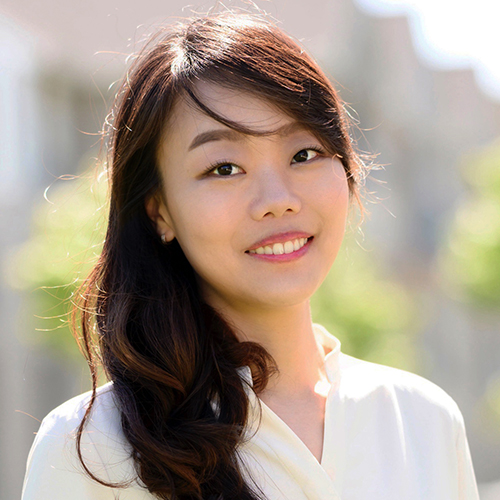
Won Hee Ko
Postdoctoral Scholar, CBE, University of California, Berkeley
Presentation: A Window View Assessment Framework
Dr. Won Hee Ko is a researcher who leads leading research efforts on the building envelope at CBE, and she serves as a bridge between scientific research and architectural design practice. She recently graduated from UC Berkeley, where her dissertation focused on integrated analysis of indoor environmental quality for architectural design with an aim to improve occupant comfort, well-being and productivity. Prior to joining UC Berkeley, she worked with facade and computation analysis teams at Buro Happold Engineering. She received her BArch from Yonsei University, South Korea, and her MS in Building Science from the University of Southern California.
-

Michael Kent
Postdoctoral Scholar, Berkeley Education Alliance for Research in Singapore
Presentation: Influence of Window View Landscape Distance Effects on Visual Satisfaction
Dr. Michael Kent is a researcher pursuing the advancement of daylighting research. Following the completion of his PhD in 2016, he worked as a fellow at the University of Nottingham, United Kingdom, and since then at the Berkeley Education Alliance for Research in Singapore. He has accumulated wide-ranging experience conducting research using sophisticated experimental settings including specialized lighting chambers and full-facade artificial windows. He supported this work using advanced data analytics, such as statistical models and machine learning. Beyond the creation of new research, he strives to find effective ways of translating scientific findings into mainstream building practices.
-
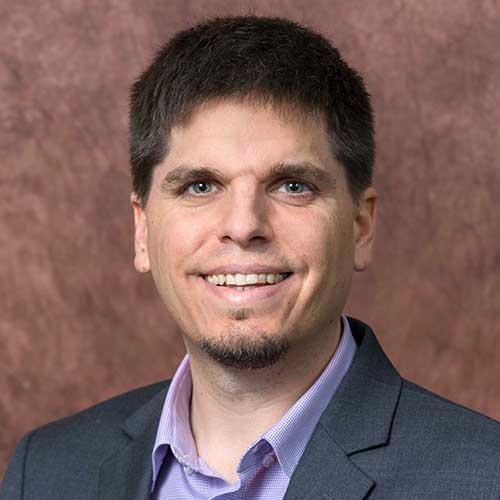
Iason Konstantzos
Assistant Professor, University of Nebraska–Lincoln
Presentation: View Clarity Towards Visual Satisfaction
Dr. Iason Konstantzos is an Assistant Professor of Architectural Engineering at University of Nebraska-Lincoln. Committed to human-centric building design and operation, he has been pursuing research on new indoor environmental quality metrics, low-cost sensing systems, and shading control and design guides. His work has achieved broad impact in the indoor environmental research field, as well as in the fenestration and lighting industry. Iason holds bachelor’s and Master’s degrees from the National Technical University of Athens (NTUA) in Greece, and a PhD degree from Purdue University.
-
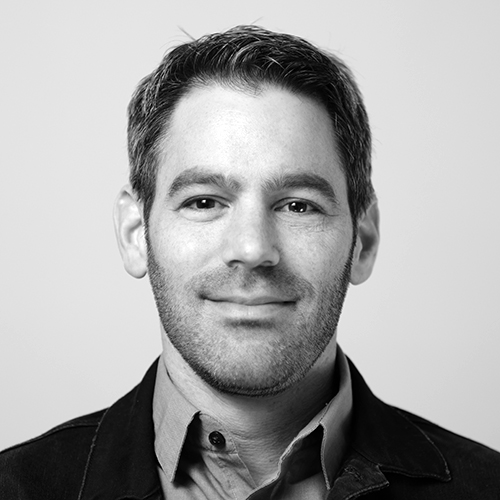
Brendon Levitt
Senior Associate, Loisos + Ubbelohde
Presentation: Fragmented Views: Solid Angle and the Search for Quantifiable View Metrics
Brendon Levitt is a licensed architect and senior associate at Loisos + Ubbelohde, a design and consulting firm that specializes in energy efficiency, lighting, and high-performance buildings. He is also an Associate Professor at California College of the Arts where he teaches building technology courses including construction, energy autonomy, lighting, high-performance facades, and the phenomenology of sustainable design. Brendon has been leading L+U’s development of simulation-based predictive metrics for workplace view quality.
-

Christoph Reinhart
Professor, Massachusetts Institute of Technology
Presentation: Simulation-Based View Analysis
Dr. Christoph Reinhart is a building scientist and architectural educator working in the field of sustainable building design and environmental modeling. He is the Director of MIT’s Building Technology Program and head of the Sustainable Design Lab (SDL), an inter-disciplinary group with a grounding in architecture that develops design workflows, planning tools and metrics to evaluate the environmental performance of buildings and neighborhoods. He is also the CEO of Solemma, a technology company and Harvard University spinoff.
-
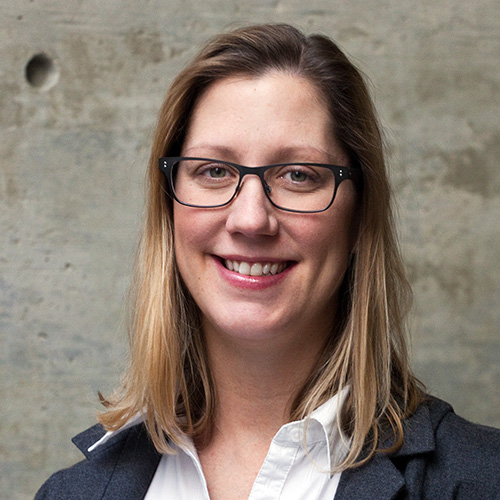
Holly Samuelson
Associate Professor, Harvard University
Presentation: Visualizing and Evaluating Views in Architectural Design Using Google Earth Studio
Dr. Holly Samuelson is an Associate Professor teaching architectural technology courses at the Harvard Graduate School of Design. Her teaching and research focus on issues of building design that impact human and environmental health with a special focus on computer simulation and energy. Prior to joining Harvard, she practiced full-time as an architect and sustainable design consultant. She has coauthored over 30 peer-reviewed scientific papers, and has been interviewed by media outlets including the New York Times, Vogue, and the Wall Street Journal.
-
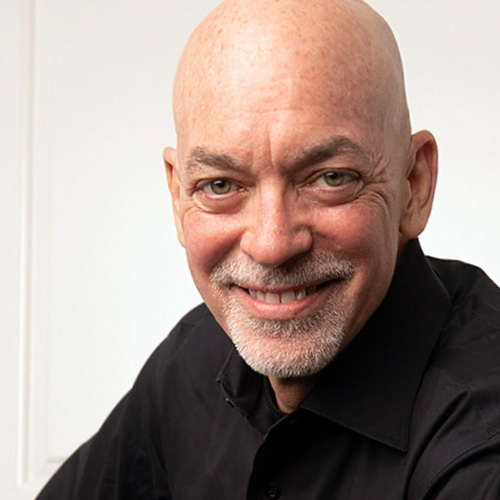
William Sullivan
Professor, University of Illinois Urbana-Champaign
Presentation: View from the Classroom Window
Dr. William Sullivan works to create healthier, more sustainable communities. He is Professor of Landscape Architecture and Director of the Smart, Health Community initiative at the University of Illinois. He and his students examine the benefits that come from having regular exposure to urban landscapes containing nature. He is a Senior Fellow at the National Council for Science and the Environment, and Fellow in the Council of Educator in Landscape Architecture. He holds a PhD from the University of Michigan with a concentration in Environment and Behavior.
Continuing Education
At the conclusion of this course, participants will be able to:
- Explain why window view quality is important to providing a comfortable and healthy built environment.
- Cite methods for assessing window view quality and the factors that affect it.
- Understand the breadth and quality of existing research on window views, and existing knowledge gaps.
- Explain tools that designers may use to assess window view quality, including integrated analysis workflows that combine the effects of view, daylight, and thermal conditions.
- Understand how these tools serve an ASHRAE roadmap that cites climate change and human health as key concerns for building industry professionals.
This session qualifies for AIA CES learning units: AIA Provider: H663 | AIA Course #: A00325 with 3.25 LU-HSW
